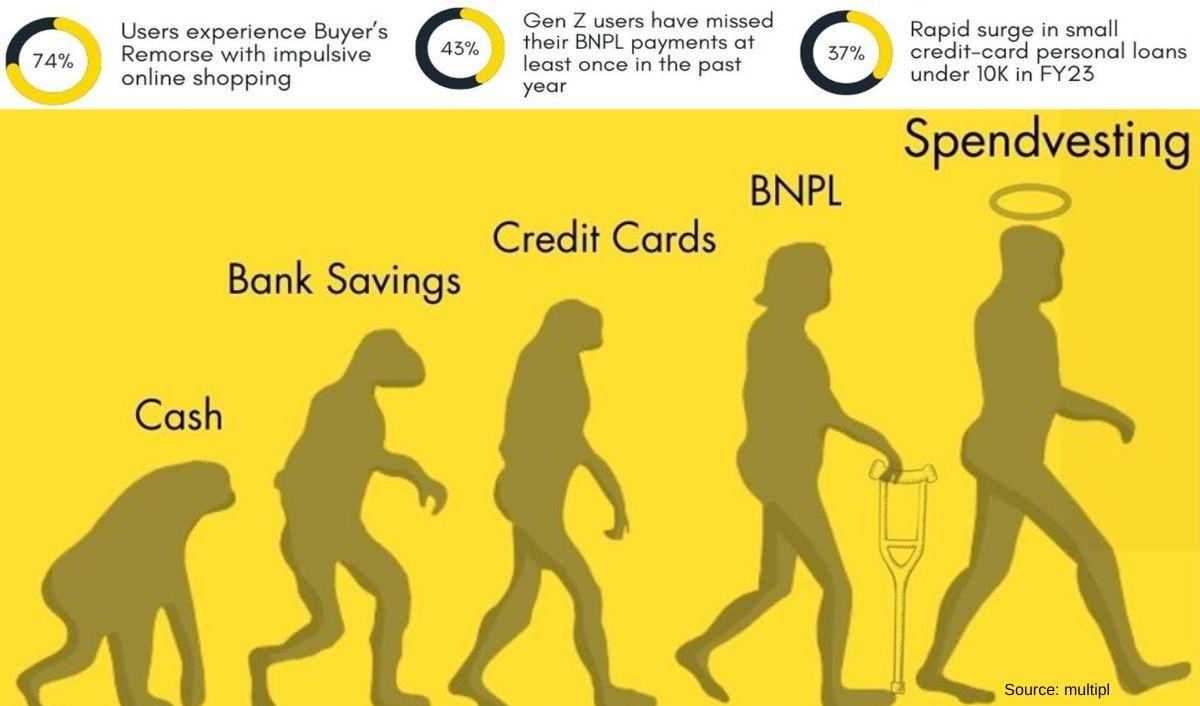7 Inspiring Case studies: Successful Microlearning Implementations That Deliver Results
Microlearning has revolutionized the way organizations deliver training and enable continuous learning. Its bite-sized, focused content offers learners adaptability and engagement, making it a favorite among global businesses seeking measurable results. In this article, we’ll reveal seven inspiring case studies of successful microlearning implementations that deliver significant results, share the benefits of microlearning, provide practical tips, and offer actionable insights for organizations considering this powerful training approach.
Table of contents
- why Microlearning Works
- Key Benefits of Microlearning
- 7 Inspiring Microlearning Case Studies
- Best Practices & Practical Tips for Microlearning Success
- Conclusion: Microlearning as a Catalyst for Results
Why Microlearning Works
Microlearning is an educational strategy that delivers content in small, easily digestible units. These micro-units are typically less than 10 minutes and focus on specific skills or knowlege points. But why has microlearning become so prevalent across industries?
- Increases knowledge retention: Short, focused modules allow learners to retain more details.
- Is ideal for mobile learning: Microlearning modules are perfect for employees on the go.
- Matches modern attention spans: Research shows the human attention span has decreased,making bite-sized learning more effective.
- Enables just-in-time training: learners access the right knowledge exactly when they need it.
- Drives high engagement: Interactive media and gamification keep users motivated.
Key Benefits of Microlearning for Organizations
Before diving into the success stories, let’s examine the tangible benefits organizations have seen with microlearning:
- Cost-efficient and scalable: Lower development and deployment costs, easily updated for large teams.
- Measurable performance improvements: Track learner progress and correlate with business outcomes.
- Personalized learning paths: Tailored micro-courses for specific roles, departments, or skill gaps.
- Rapid onboarding and upskilling: New hires can be integrated and trained efficiently.
- Continuous learning culture: Supports ongoing professional development and organizational agility.
7 Inspiring Microlearning Case Studies
Let’s explore seven organizations that successfully implemented microlearning and saw measurable improvements in performance, engagement, and ROI.
1. Coca-Cola: Global Compliance Training
Challenge: Coca-Cola needed to train thousands of employees on compliance standards worldwide, in multiple languages—fast.
- Solution: Launched a multilingual microlearning platform with scenario-based modules and quick quizzes.
- Outcome: 95% course completion in under four weeks, with a 30% betterment in audit scores.
- Key takeaway: Microlearning bridges the gap for large, diverse, and dispersed workforces.
2. Unilever: Sustainable Practices Promotion
Challenge: Equip manufacturing staff with the latest sustainability practices efficiently and consistently.
- Solution: Developed a series of gamified micro-courses delivered on mobile devices, focusing on daily actionable tips.
- Outcome: Reports show a 40% increase in sustainable workplace behaviors and practices within 6 months.
- Key takeaway: Short, actionable content drives real-world workplace change at scale.
3. Bloomberg: Continuous Product Knowledge
challenge: Bloomberg’s sales teams struggled to keep pace with frequent product updates.
- Solution: Shifted from quarterly workshops to “2-minute tip” videos accessible via a dedicated microlearning portal.
- Outcome: Sales reps reported 20% faster response rates to client queries and higher product confidence.
- Key takeaway: Real-time, on-demand microlearning boosts product competency and customer service.
4. IBM: Leadership development at Scale
Challenge: IBM needed to standardize leadership training for thousands of new managers globally.
- Solution: Implemented a blended learning approach with microlearning videos, quizzes, and peer-led discussions.
- Outcome: 18% improvement in leadership assessment scores, with high peer engagement rates.
- Key takeaway: Microlearning, combined with social learning, powers scalable leadership development.
5. Sephora: Enhanced Customer Service
Challenge: Keep sales associates updated on new products and beauty trends, and deliver consistent customer experience.
- Solution: Launched a mobile-first microlearning app with short modules, product demos, and quick quizzes.
- Outcome: customer satisfaction scores rose by 15%, and employee training participation hit an all-time high.
- Key takeaway: brief, interactive lessons improve customer interactions and frontline staff confidence.
6. Google: just-in-Time Technical Training
Challenge: technical teams needed rapid, just-in-time upskilling on new frameworks and tools.
- Solution: Introduced a microlearning library with searchable, topic-focused video tutorials and quick-reference guides.
- outcome: Reduced time-to-proficiency for new technologies by 25%, empowering innovation.
- Key takeaway: Microlearning is ideal for technical skills,where up-to-date knowledge is critical.
7. Hilton: Streamlined Employee Onboarding
Challenge: High turnover and diverse employee backgrounds made onboarding time-consuming and inconsistent.
- Solution: Replaced bulky training manuals with short, role-specific microlearning modules delivered through a mobile app.
- Outcome: onboarding time reduced by 50%, with increased employee satisfaction and retention.
- Key takeaway: microlearning’s flexibility accelerates onboarding and enhances the employee experience.
Best Practices & practical Tips for Microlearning Success
If you’re considering implementing microlearning in your organization, follow these proven best practices for optimal results:
- Identify clear learning objectives: Each micro module should address one specific skill or knowledge point.
- Use diverse media types: Incorporate video, audio, infographics, and interactive elements to enhance engagement.
- Keep it short and focused: Recommended length is 2–5 minutes per lesson.
- Incorporate real-world scenarios: Contextual, scenario-based learning drives retention.
- enable mobile accessibility: Make content accessible on smartphones and tablets for learning on the go.
- Leverage spaced repetition: Reinforce concepts at intervals to boost knowledge retention.
- Measure impact: Track completion rates, quiz scores, and correlate with business KPIs.
- Encourage feedback: Collect learner feedback to improve and iterate microlearning content.
Conclusion: Microlearning as a Catalyst for Results
Microlearning is more than just a training trend—it’s a proven strategy for building agile,resilient teams ready to thrive in today’s fast-paced business surroundings. As shown in these inspiring case studies, successful microlearning implementations deliver measurable improvements in productivity, knowledge retention, and organizational performance.
Whether you’re in retail, technology, hospitality, or any industry in between, adopting microlearning can transform how your employees learn and grow. Start small, stay agile, and scale as you witness the positive impact on your workforce—and your bottom line.
Ready to unleash the power of microlearning in your organization? Let these real-world examples guide your next step toward high-impact, results-driven employee training.

